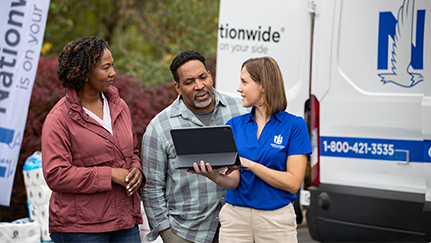Home insurance resources
How to prepare for a wildfire
More wildfire resources
Regional wildfire safety and risk management guides
Wildfire risks can vary from region to region due to variations in topography, climate and vegetation. To help property owners better understand their risks, the Insurance Institute for Business & Home Safety developed the following guides to help property owners assess their wildfire risk:
